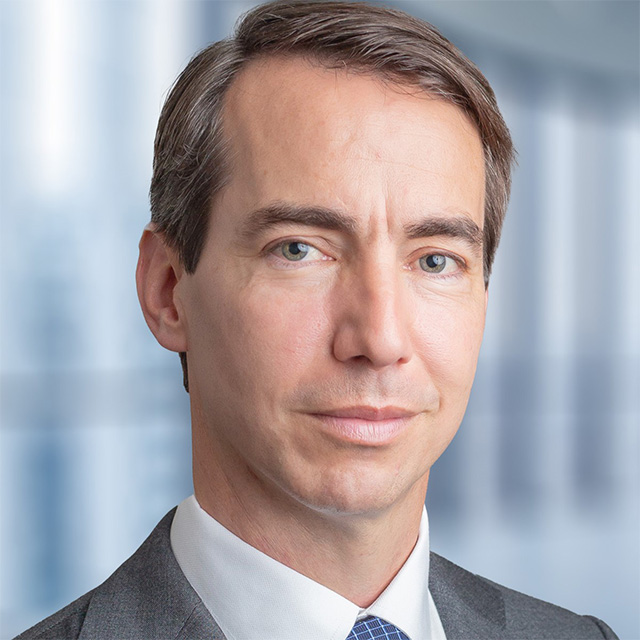IPA’s Andrew Leahy Says New Opportunities are Emerging in Multifamily Sector

Andrew Leahy, SVP and National Director of Institutional Property Advisors Multifamily, brings a grounded yet forward-looking perspective to one of real estate’s most dynamic sectors. With over 25 years of experience and more than $6 billion in closed transactions, he is known for combining institutional insight with a practical understanding of market cycles. As he prepares to speak at GlobeSt.com’s upcoming multifamily conference, Leahy’s views on capital markets, investor sentiment, and long-term trends reveal both an analytical rigor and an unmistakable optimism about the road ahead.
Leahy says the multifamily market is at an inflection point where capital availability and interest rate trends are jointly reviving deal activity. “The equity capital markets are gaining momentum,” he explains, noting that commercial real estate funds have recently outperformed their long-term quarterly fundraising averages. At the same time, he observes that debt markets have regained stability as banks and credit unions resume lending with fewer restrictions. With rates lower and volatility easing, investors are taking advantage of narrow windows to close deals. Still, caution remains: “When rates are at or near 4%, investors try to complete transactions while in that window of opportunity,” Leahy says, emphasizing how fleeting these moments can be in an uncertain macro environment.
While liquidity is improving, Leahy points out that investor behavior reflects a decisive “flight to quality.” Core and Core+ assets in well-established submarkets continue to attract the most attention, especially from institutional buyers. However, he believes the fundamentals are shifting in favor of value-add opportunities as renewal rates rise and new supply slows. Those factors, he says, are laying the groundwork for “increasing confidence in rent growth underwriting,” which will likely lead to a rise in value-add transactions ahead.
Regional performance illustrates how multifamily markets are adapting to shifting economic dynamics. Dallas, backed by strong job and population growth, remains a magnet for capital. The Bay Area, buoyed by the artificial intelligence boom, is regaining its footing as vacancies fall and rent growth accelerates. Meanwhile, Chicago—a top performer in national rent growth—benefits from a steady demand base, even as investors watch for potential federal policy headwinds.
Despite persistent cost pressures, including property taxes and insurance premiums, Leahy remains pragmatic about operational margins. He notes that insurance rates have begun to stabilize and highlights that new tax provisions allowing for accelerated depreciation could improve investor returns. So far, these factors have left national pricing relatively steady.
Looking beyond short-term cycles, Leahy sees the affordability gap between renting and owning as a powerful structural force driving multifamily demand. “The monthly cost difference between owning the median-priced home and paying average national rent is nearly $1,300,” he says, pointing to the widening gulf that keeps many would-be buyers in rental housing. With first-time homebuyers now averaging 38 years old—the oldest in history—Leahy believes this demographic shift will keep multifamily demand resilient for years to come.
Interest rates remain the market’s most pivotal variable, with tight spreads and occasional negative leverage shaping underwriting decisions. If the 10-year Treasury yield dips below 4%, Leahy expects “a wave of investment activity.” Conversely, a rate hike could prompt further repricing and restraint. He also warns that rising construction costs and tariffs could suppress new development, ultimately tightening vacancies and lifting returns for existing assets—a trend that would attract even more capital back into the sector.
For Leahy, who recently said he is “eager to partner with this remarkable team and the company’s leadership to build on the firm’s impressive achievements” as he leads Institutional Property Advisors into its next phase of growth, the multifamily sector’s story is one of resilience and renewal. His message heading into the GlobeSt.com conference is clear: the fundamentals supporting multifamily remain strong, but success will depend on agility, discipline, and the ability to capitalize on those fleeting windows of opportunity that define today’s market.
Source: GlobeSt/ALM